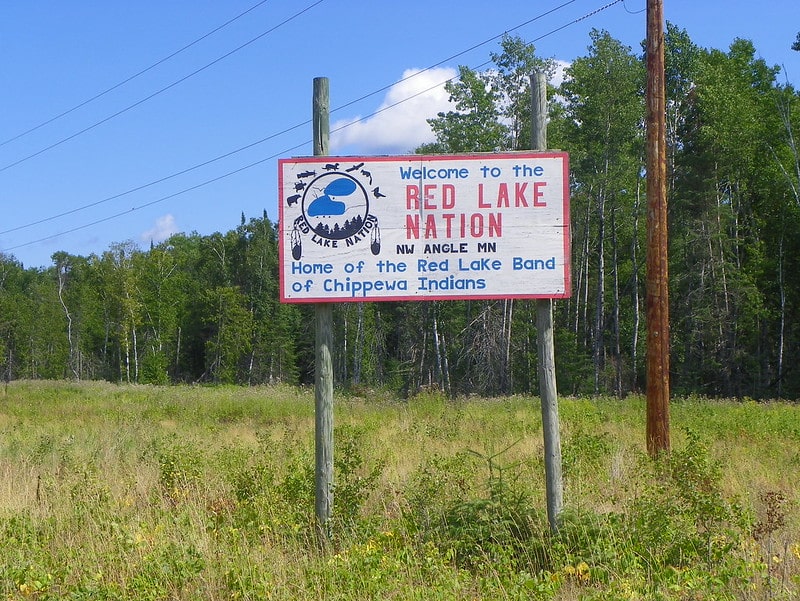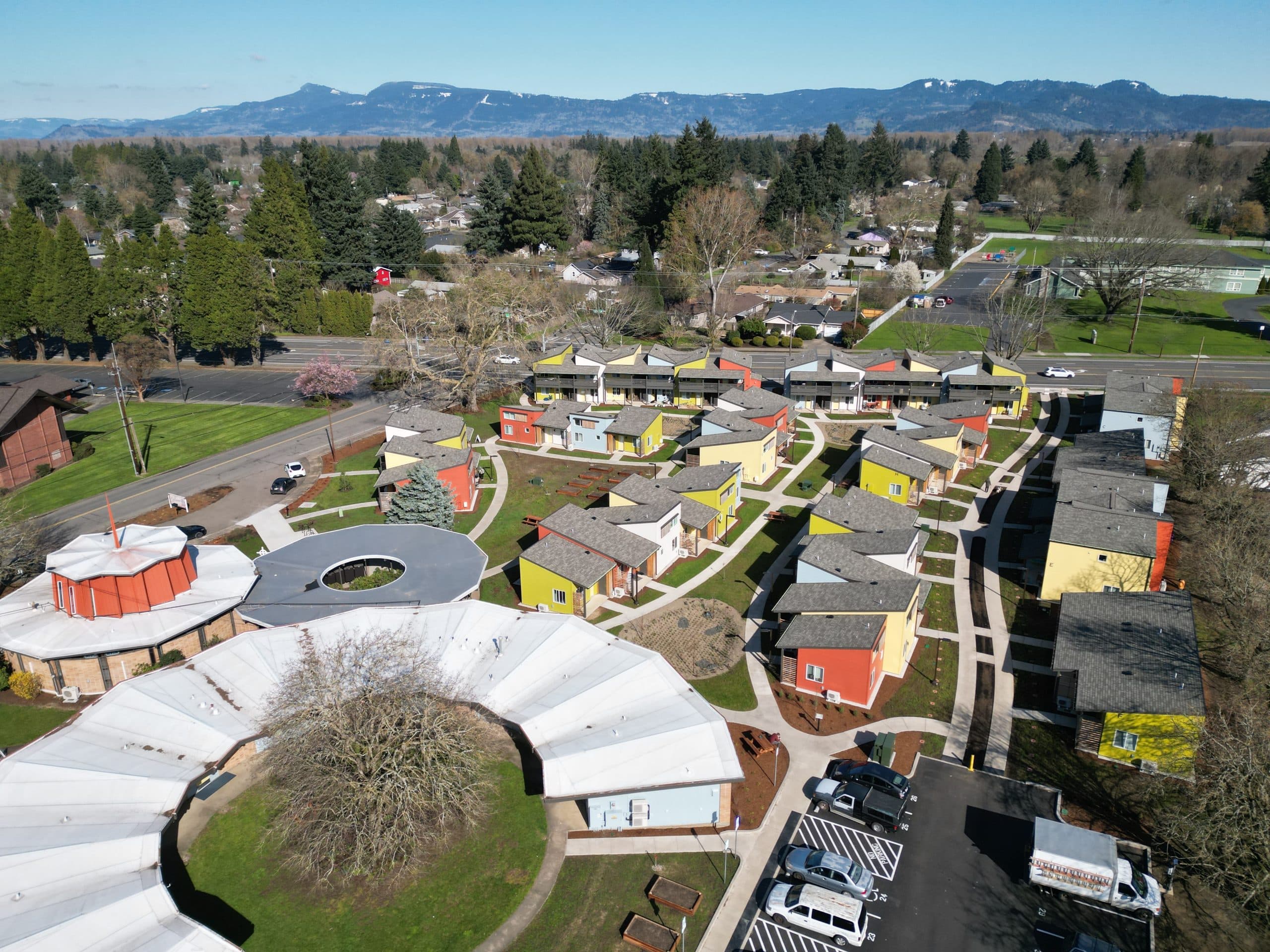As the saying goes, even Homer nods. Paul Krugman must have been having an off day at the end of November 2015, when he devoted his op-ed column in The New York Times to gentrification in New York City.
After describing the trend, and appropriately decrying the number of people being priced out of America’s urban revival, he comes to his point. Applying classical economic theory, he put it, “rising demand for urban living by the elite could be met largely by increasing supply.” He goes on to write that by increasing the supply of housing, New York could “thereby ensure that the inward migration of the elite doesn’t drive out everyone else.” In theory, it makes sense. If you create enough additional supply to comfortably meet the demand, you reduce the price pressure on the entire system. Prices stabilize, nobody is displaced, everybody’s happy. If only.
This isn’t completely crazy. It works with used cars. And it plays out fairly well in the housing market in some places, like Texas, even though it doesn’t do much for those who are too poor to benefit from the market in the first place. Texas’ cities are seeing a lot of economic growth and demand, but they have remained amazingly affordable, at least for the middle class. In 2014, the median home sale price in Houston was $215,000, and the median rent for a two-bedroom unit in San Antonio was barely over $1,000, both growing, economically-strong cities.
Why does it work in Houston and San Antonio? In both cities, easygoing regulations allow developers to put up simple wood frame houses, townhouses, and apartments on an all-but-unlimited supply of cheap, easily-buildable land. With cheap land and construction costs under $100/square foot, a developer can produce a very affordable product. What that means, in turn, is that outside of a few elite neighborhoods, prices in older areas tend to be held down because people can affordably buy homes or rent apartments elsewhere that are shiny and new, and comparable in character to existing homes. Especially with gasoline under $2 per gallon.
Why, then, won’t the same thing work in New York City? Regulation is important, but it’s not the only thing. New York is already a fully developed city, mostly at relatively high densities, and mostly at high prices. That means that land is expensive and hard to assemble, and that the only way to significantly increase production is by building expensive high-rise buildings, which have high construction costs.
This is not only true in Manhattan, where at this point it is probably impossible to build anything to sell for less than $1 million or more without subsidy, but even in the farthest reaches of the outer boroughs. Avalon Bay is building a high-rise complex in Sheepshead Bay where they plan to charge $700,000 for a one bedroom apartment. When you learn that their raw land cost was $16.2 million and their construction costs are probably around $300/ square foot, you can do the math. They won’t be making a huge profit on that unit; a decent profit, to be sure, but not an outrageous one.
A similar development in Flushing, in Queens, is offering studios for $514,000 and two bedroom apartments for nearly $1 million. The same mid-2015 article that reported on these projects also reported that 55,000 units were in the pipeline in outer Brooklyn and Queens; that is, those parts of the two boroughs outside their high-priced inner neighborhoods close to Manhattan. Another 44,000 were planned for Manhattan. That hardly sounds like excessive regulation is slowing the development industry down very much.
Let’s face it, creating studio apartments for $500,000 and up or one bedroom apartments for $700,000 or more will do little or nothing for the great majority of New York’s households, whose incomes are far below what it would take to afford such a place. In 2014, the median income for all households in Brooklyn was $48,000, barely enough to afford to buy a $200,000 home, if one could get a mortgage. 30 percent of all households in Brooklyn earned $25,000 or less. What is being built may draw some upper income people who want apartments in high-rise buildings out of older housing, but that older housing is not likely to be affordable to begin with. Indeed, if demand in New York continues to be as strong as it has been, it is just as likely that owners of older housing will raise their prices to approach, if not match, the upscale new housing being built nearby.
The other thing to realize is that cities and regions are not one big market, but hundreds of separate sub-markets. Building more housing in the outer reaches of Queens will do nothing for families being pushed out of their homes in Manhattan, because the people looking for housing in Queens are not the same people as those looking for housing in Manhattan. There are thousands of houses in Chicago’s south suburbs selling for $50,000 or less, but they’re doing nothing to reduce the pressure on gentrifying central city neighborhoods, because they’re not drawing the same people.
I’m not arguing that regulation doesn’t matter. It does, and it matters a great deal. Easygoing regulation means that the average middle-class family in San Antonio, where the median income is about the same as in Brooklyn, can live both well and affordably, something that is increasingly impossible in New York or San Francisco. And if New York City used inclusionary zoning regulations (which Krugman doesn’t mention) to make sure that every one of those units in the pipeline either creates affordable housing or makes a meaningful contribution to a housing trust fund, that would be a good thing. But regulation is only one part of a larger picture, and to treat it as a panacea or a silver bullet, particularly in high-cost, heavily developed areas like New York or San Francisco, does everybody who cares about affordable housing a disservice.
Photo: This vacant lot in Sheepshead Bay sold for $16.2 million. Credit: Alan Mallach, courtesy of Google Earth.





Mr. Mallach’s contribution to the analysis of individual housing markets points to the need to preserve the housing that we already have. As someone who spent many years enforcing the New York City Housing Maintenance Code and in having rent receivers appointed to owner neglected buildings I can say the one thing that can be done to keep apartment supply stable is not to lose apartments on the back end, i.e. owner neglect and general deterioration.
Yes, adding new units where land acquisition costs are high and construction costs prohibitive does not necessarily add enough affordable units in an over developed market such as New York City or certain areas of Chicago, but perhaps it is time to look again at code enforcement efforts and rent receiverships to seal off the drain from the back end of what is available. Inclusionary zoning is only part of the problem.
Alan, thanks for offering facts and analysis refuting Krugman’s thesis. I detailed other problems with his column in “Krugman Wrong on Gentrification,” https://www.beyondchron.org/krugman-wrong-on-gentrification/
The argument here proves that if you heavily limit the supply of housing, adding new housing won’t do much to lower prices. Well yeah, that’s what is happening now but that doesn’t prove much of anything. Yes, all things being equal, housing will most likely be more expensive in NYC than Houston due to the scarcity of space. However, adding new “affordable housing” benefits those lucky enough to get it, while passing the costs on to the free market participants. A very low percentage of housing in NYC (relative to anywhere else in the nation) is actually rented at market rates.
Developers in every downtown want to build “luxury apartments”, they have little interest in housing middle/working class people in a new construction or rehab.
There is a bit of a self-contradiction in this article. It claims that Houston holds its prices down by allowing development on cheap available land, which implies that Houston metro is a single market, where new housing anywhere holds down prices in the market as a whole. But then it claims “cities and regions are not one big market, but hundreds of separate sub-markets. Building more housing in the outer reaches of Queens will do nothing for families being pushed out of their homes in Manhattan” – which is a half truth, since many won’t but many will move from Manhattan to Queens.
The key is transportation linking the new developments with the rest of the city. Houston does it with freeways. New York would have to do it with transit located to open up new areas for development. Build lots of subway lines with good connections to Manhattan in Staten Island, New Jersey and (yes) the outer reaches of Queens (where you now have to ride the bus to the subway), zone for 6 story buildings (rather than more expensive high rises) around the stations, and you could make a dent in the region’s housing prices. Improve high-speed commuter rail service to Philadelphia, where housing prices are very low though it is potentially within commuting distance of Manhattan.
We have high land prices and high-rise condos in Sheepshead Bay because there is already good subway service there. Locations with good transportation are limited and already close to built out, so their prices are high. But we can open up more land for housing by providing better transportation.
This analysis is very short sighted and is flat out wrong. Yes, land and building cost is expensive and therefore it makes the units expensive. But new luxury condos provide more inventory to the affluent buyers and alleviate the need for said buyers to invade the lower tier market. This reduces the incidence of people driven out of a neighborhood due to gentrification and preserve some older stocks for the less affluent.
Also, the author is completely ignorant of the housing cycle. As time goes on, the luxury condos tend to pass down the economic chain to become condos for the middle class, then the lower middle class, and then back up the economic chain again. This cycle can takes over a hundred years to play out but housing is a long term planning. The way to help future generations with housing to start building it now.
.